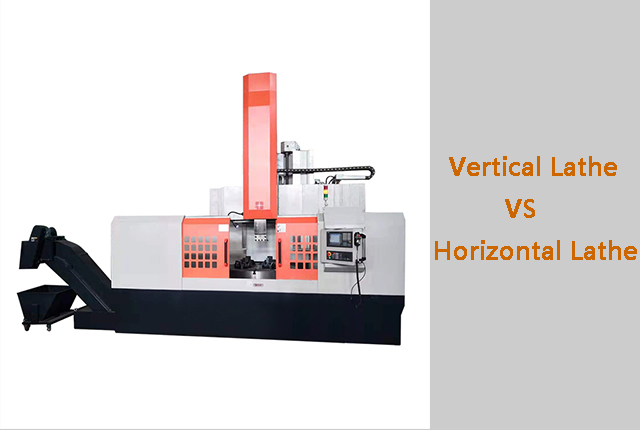
Machinists and hobbyists have options to consider when purchasing lathes. A lathe is a particular machine used for shaping material such as metal or wood by rotating it and using other tools to shape the material. Lathes come in different sizes and are available at multiple price points. In addition to size, another aspect to consider is whether a vertical or horizontal lathe will best suit your needs. For this reason, let’s take a look at some of the similarities and differences.
Vertical lathe machine and horizontal lathes consist of the same components with only one real difference between the two. A vertical lathe machine is essentially a horizontal lathe that has been designed to stand on its end. Some machinists opt for a vertical lathe if there are space constrictions in the shop, or perhaps, as a matter of preference. When using a vertical lathe, the machinist must work in an up-and-down motion.
Conversely, when using a horizontal lathe, the machinist works the metal in a side-to-side fashion. Both lathes will allow the machinist to create similar products. Typically, those who have experience using lathes prefer to stick with what is most comfortable.
Working with gravity side by side not only makes clamping easier but also allows for applying more cutting force. This increases the chip removal rate and reduces cycle times. Thus, vertical turning is significantly more productive than horizontal turning. Another, often underestimated, advantage of vertical lathes is that they normally need less floor space than horizontal lathes.
While vertical lathes offer many advantages, there are things that only horizontal lathes can do. Especially when turning long workpieces, horizontal lathes display their strength. The ability to mount parts with clamps, a tailstock and maybe even a stationary or following rest allow for turning workpieces like long shafts.